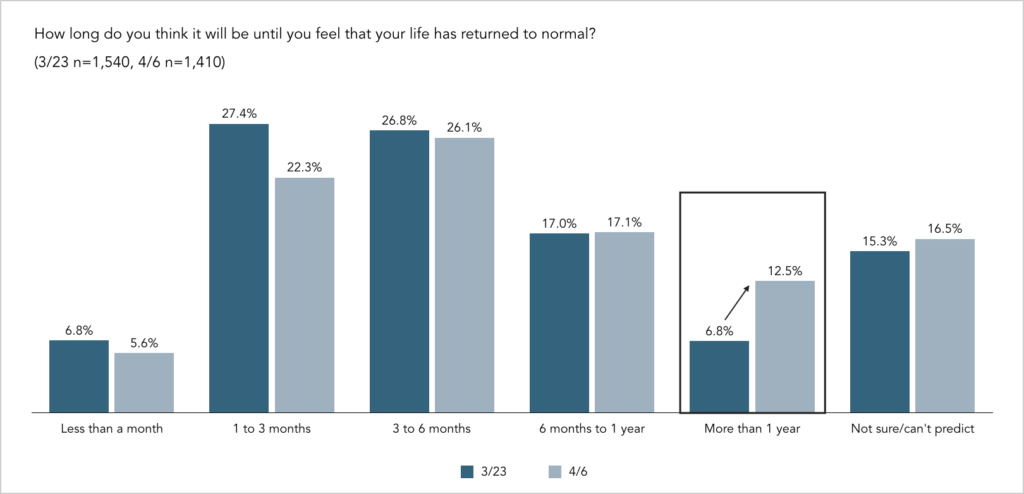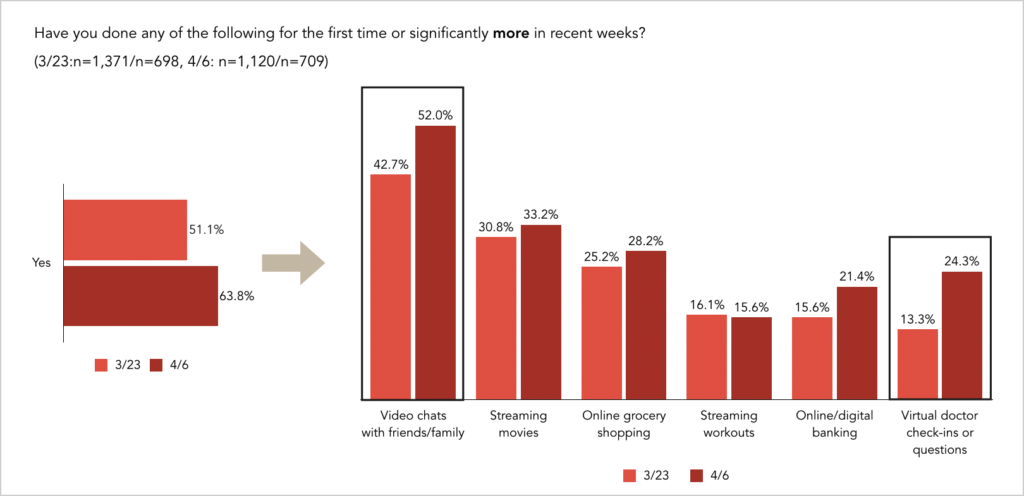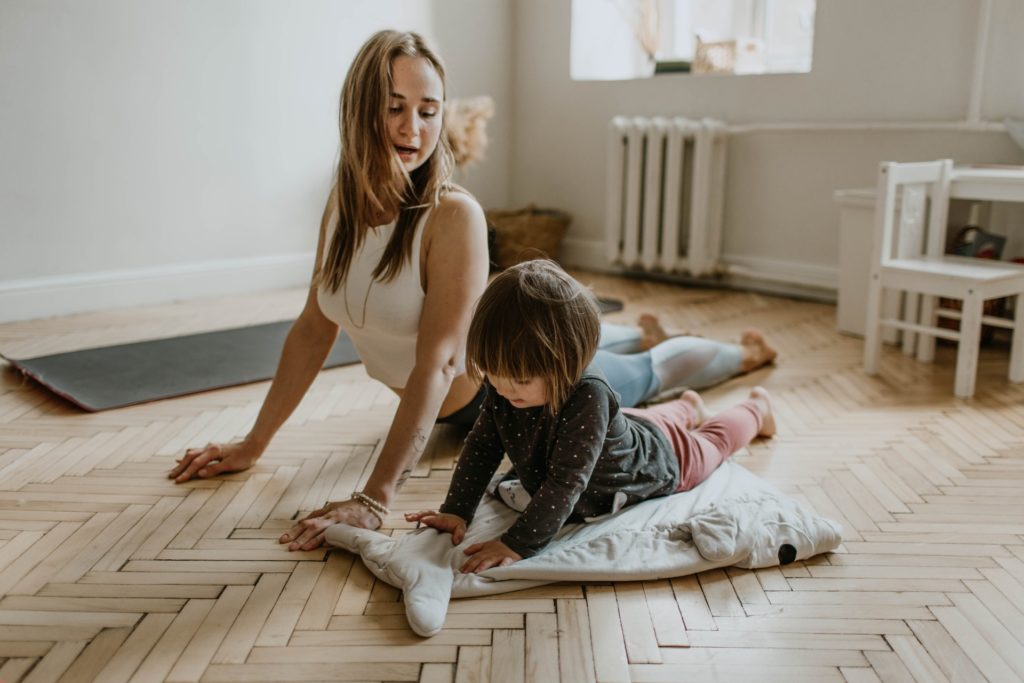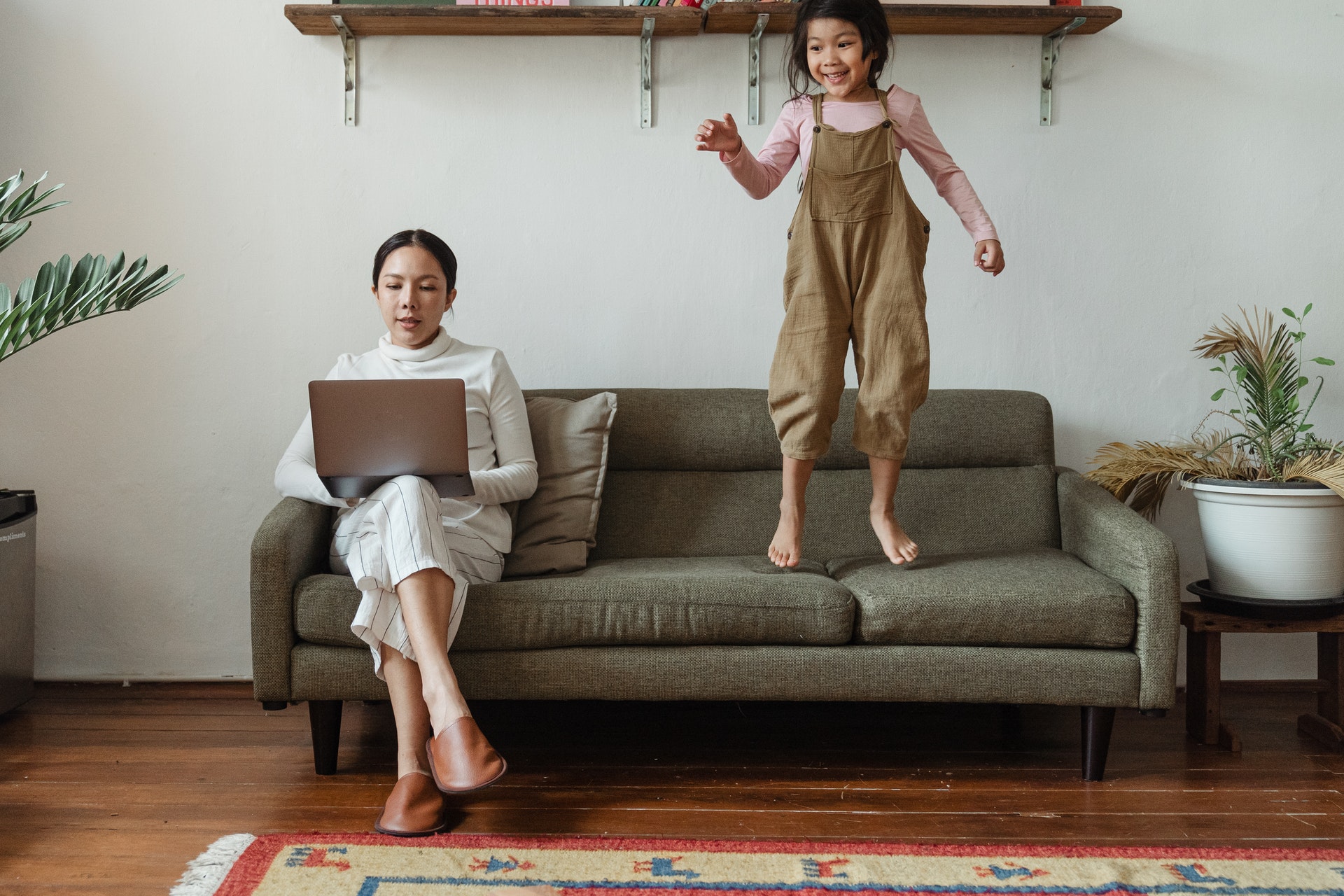While the COVID-19 pandemic has impacted nearly everyone across the globe, each person’s experience is unique. Factors such as age, geography, and obligations influence the way people are responding to the crisis. Think of the impact on day-to-day life felt by someone living in a major city versus someone in a small rural town. Or how a college sophomore might change their behaviors and mindset in response to the threat versus their grandparents.
Understanding what can influence a person’s experience can help companies meet their customers where they need them the most. What is essential to one audience is different for another. For example, we found that a message of caring and community resonates more with the youngest customers (e.g. Honda’s Working Together or Postmate’s #orderlocal campaign) whereas older customers are looking for brands to be more direct about how they can make their lives easier (e.g. Ford providing credit support or grocery stores offering elder hours).
As we monitor the weekly changes in consumer attitudes and behavior, we’re diving deep into the audience truths that could influence future behaviors.
Some key insights from the latest findings…
Over 90% of people reported that they’ve had to adjust or change their lifestyle.
Over time, those saying that they’ve changed all aspects are increasing and while the majority of people still believe the pandemic will last between 1 and 6 months, those saying it would last more than a year doubled between the two surveys.

As the pandemic continues, digital behaviors are becoming increasingly common.
Two out of three people report increasing online activities (up from 50% two weeks earlier). Video chats and virtual doctor check-ins are gaining the most traction with nearly 25% of those who increased digital behaviors saying they’ve been talking to their doctor virtually.

Digital behaviors are being adopted more quickly in urban areas.
Compared to people living suburban and rural areas, people in cities are reporting much larger increases in digital behaviors like streaming workouts and online grocery shopping. In contrast, those in rural areas are trying new hobbies such as crafting, gardening, and cooking.

Overall spend is shifting towards necessities, but motivators differ by age.
40% of people said they plan to only spend on necessities in the coming week. While this was a consistent sentiment among all respondents, younger consumers are more likely to want brands to care about them and the community, whereas older consumers are wanting consistency and ease.









